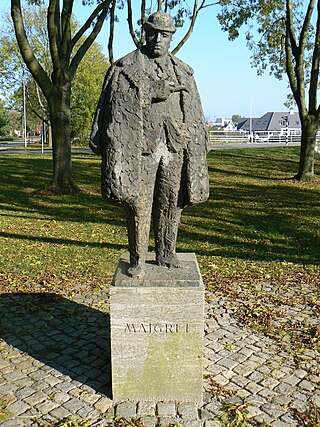
Jules Maigret, or simply Maigret, is a fictional French police detective, a commissaire ("commissioner") of the Paris Brigade Criminelle, created by writer Georges Simenon. The character's full name is Jules Amédée François Maigret.

Georges Joseph Christian Simenon was a Belgian writer, most famous for his fictional detective Jules Maigret. One of the most popular authors of the 20th century, he published around 400 novels, 21 volumes of memoirs and many short stories, selling over 500 million copies.

Pierre Assouline is a French writer and journalist. He was born in Casablanca, Morocco to a Jewish family. He has published several novels and biographies, and also contributes articles for the print media and broadcasts for radio.
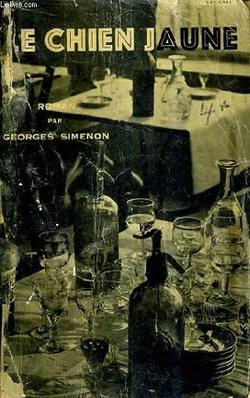
Maigret and the Yellow Dog is a detective novel by the Belgian writer Georges Simenon.

Maigret gets angry is a 1947 detective novel by the Belgian mystery writer Georges Simenon featuring Jules Maigret.

Maigret and the Hotel Majestic is a 1942 detective novel by the Belgian writer Georges Simenon featuring his character Jules Maigret.

Le Coup de Lune (; literally "moonburn" or "moonstroke" in French, but translated into English as Tropic Moon, is a 1933 novel by Belgian writer Georges Simenon. It is one of the author's first self-described roman durs or "hard novels" to distinguish it from his romans populaires or "popular novels," which are primarily mysteries that usually feature his famous Inspector Maigret character.
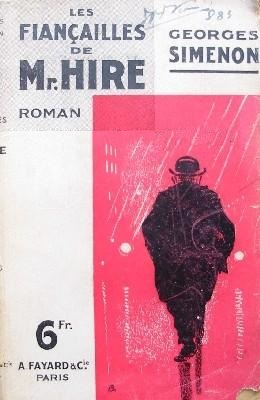
Les Fiançailles de M. Hire is a short novel by Belgian writer Georges Simenon. It is one of the author's first self-described roman durs or "hard novels" to distinguish it from his romans populaires or "popular novels," which are primarily mysteries that usually feature his famous Inspector Maigret character.

Maigret and Monsieur Charles is a detective novel by the Belgian writer Georges Simenon, and is the last novel featuring his long-running character Jules Maigret.

Maigret's Revolver is a novel by the Belgian writer Georges Simenon. The original French version Le Revolver de Maigret appeared in 1952. The theft of Inspector Jules Maigret's revolver from his home begins a detective story that leads to Maigret travelling from Paris to London to find the young man who stole it, and the woman who is in danger of being his victim.

The Crime at Lock 14 is a detective novel by the Belgian writer Georges Simenon featuring his character Inspector Jules Maigret.

Guinguette by the Seine is a detective novel by Belgian writer Georges Simenon, featuring his character Inspector Jules Maigret.
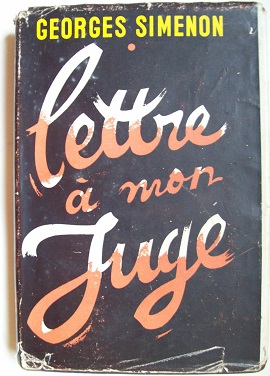
Lettre à mon juge was written by Belgian author Georges Simenon in 1946 during his stay at Bradenton Beach, Florida and published in Paris the following year by Presses de la Cité. It is a dark psychological account of a man overcome by buried passions, who becomes a murderer.

Maigret in New York is a detective novel by Belgian writer Georges Simenon, featuring his character inspector Jules Maigret. The novel was written between February 27 to March 6, 1946, in Sainte-Marguerite-du-Lac-Masson, Quebec, Canada. The book was published in 1947 by Presses de la Cité.

Georges Joseph Christian Simenon was a Belgian writer, most famous for his fictional detective Jules Maigret. He was one of the most popular authors of the 20th century, selling over 500 million copies of his works during his lifetime. Apart from his detective fiction, he achieved critical acclaim for his literary novels which he called romans durs. Among his literary admirers were Max Jacob, François Mauriac and André Gide. Gide wrote, “I consider Simenon a great novelist, the greatest perhaps, and the most truly a novelist that we have had in contemporary French literature.”
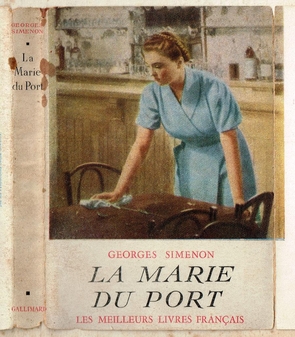
Chit of a Girl is a 1938 novel by the Belgian writer Georges Simenon. It is a stand-alone novel by Simenon, best known for his long running Inspector Maigret series. It was first translated and published in English in 1949.

Le Cercle des Mahé (1946), translated as The Mahé Circle, is a novel by Belgian writer Georges Simenon; it is one of the author's self-described roman durs or "hard novels" to distinguish it from his romans populaires or "popular novels," which are primarily mysteries that usually feature his famous Inspector Maigret character.
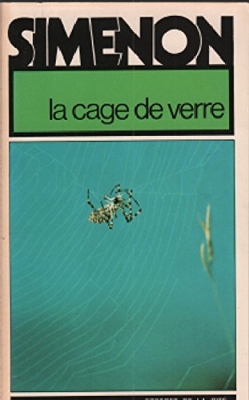
La Cage de verre (1971), translated as The Glass Cage, is a novel by Georges Simenon; it is one of the author's self-described roman durs or "hard novels" to distinguish it from his romans populaires or "popular novels," which are primarily mysteries that usually feature his famous Inspector Maigret character.
Les noces de Poitiers (1946), translated as The Couple from Poitiers, is a novel by Belgian writer Georges Simenon; it is one of the author's self-described roman durs or "hard novels" to distinguish it from his romans populaires or "popular novels," which are primarily mysteries that usually feature his famous Inspector Maigret character.

Belle is a novel by Belgian writer Georges Simenon; it is one of the author's self-described roman durs or "hard novels" to distinguish it from his romans populaires or "popular novels," which are primarily mysteries that usually feature his famous Inspector Maigret character.



















